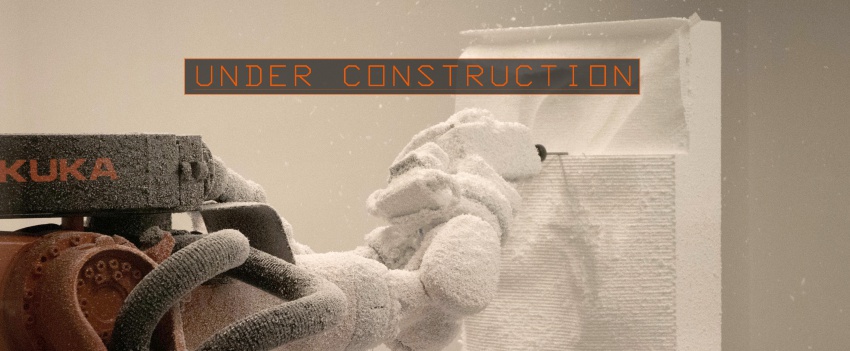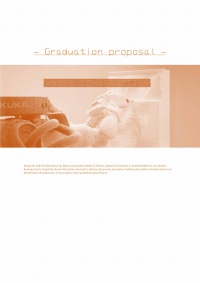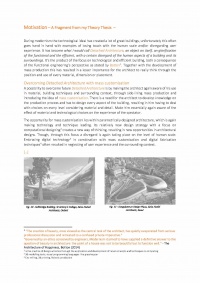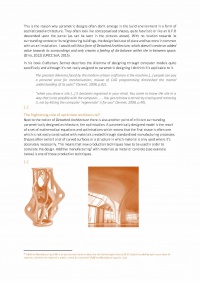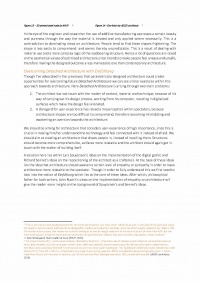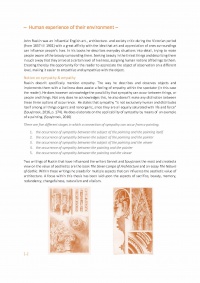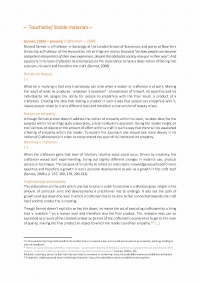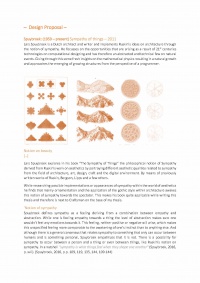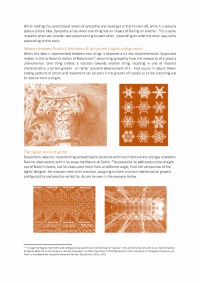project08:Diverse
Rosanne le Roij
- 25-10-2017 -
Motivation – Material Research –
A lot of qualities and opportunities lie within mass customisation and additive manufacturing and it is starting to get more and more acceptance from society. Concrete printing is starting to find its way within the building industry with projects like the 3D printed, reinforced concrete bridge of the TU/e https://www.tue.nl/en/university/departments/built-environment/news/17-10-2017-worlds-first-3d-printed-reinforced-concrete-bridge-opened/
Though in my opinion it lacks in certain aspects. First (as can be seen in the project above) the technical opportunities and abilities of 3d concrete printing aren’t fully exploited. We are using these techniques to create something which is aesthetically not very different from other examples of pre-cast concrete. Which is in contradiction to the theory behind additive manufacturing.
Second it misses a lack of sophistication. While working with relatively ‘new’ production techniques we are able to re-establish the material use, textures and overall look. Most of the time research is going into the technical achievements of these production techniques but I think a combination of the two should be a focus. So in the end we will come with an product which is interesting technically as well as on the level of user experience.
As can be seen in Sennets book Craftsmanship, the work created by a craftsman is likely to be appreciated by spectator. People want to take in the element, feel/ touch/ use / look at it, since they can feel the irregularities vs the smoothness of an element. One could be seeing these outcomes of the craftsman’s hand as a material quality which one could reproduce by means of texturizing/ smoothening/ painting/ letting the material or nature run its course and using these as requirements for an material research. Resulting in a product which is more likely to provoke a certain reaction from the spectator. (A building or build environment is something in which you would want to live. You need to be able to feel at ease and appreciate it)
In my opinion mass production has resulted in cold material. One can see it wasn’t made by human hands or nature (references of my thesis…), it has no irregularities, that show the craft and level of knowledge that went into making it. While in mass customisation we have the ability to build upon demand, create un-standardised products, but through the use of industrial equipment. Not the costs of a craftsman not the cold feeling of mass production. The irregularities and level of skill/ knowledge of a craftsman and the efficiency of mass production (cost/ time/ material use).
Motivation – Material Research – A Fragment from my Theory Thesis –
Research proposal
1. Focus on the maximum achievement of production technologies and thereby lost in focus on the human perception and experience of a building and the building material –
a. material properties (material research)
b. design/construction comprehensibility (structural optimisation research combined with philosophical research on user experience)
2. Selling mass customisation – people don’t understand it, but this is also often because designs are made digitally. People can’t see the overall picture and only elements are created 1 to 1 as a prove of concept. 3D printing fills in cavities which results in a not representative physical model from the design (3D printing research on G-code)
